Palm Tree Trunk Diseases: Learn About Ganoderma In Palms
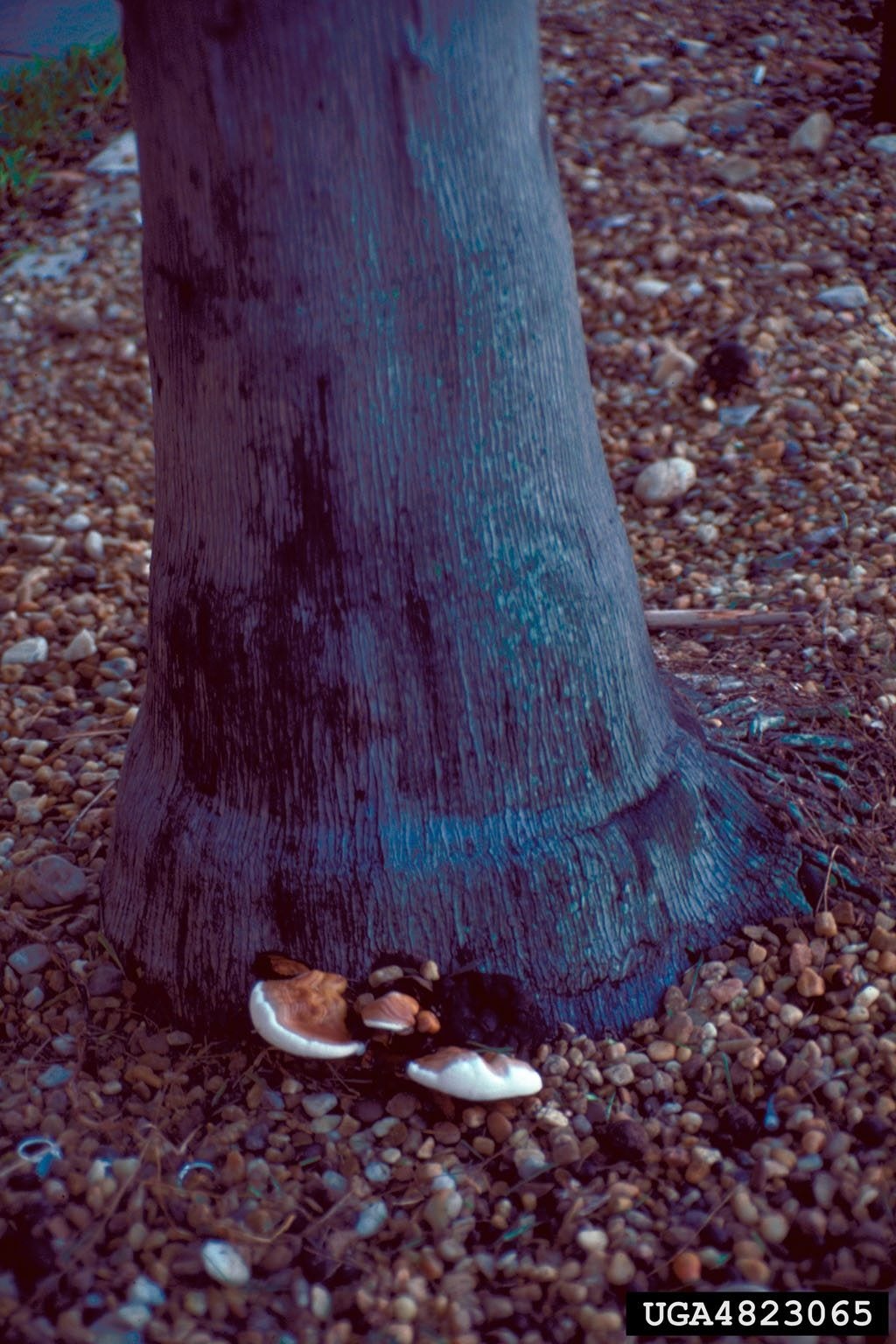

Ganodera palm disease, also called ganoderma butt rot, is a white rot fungus that causes palm tree trunk diseases. It can kill palm trees. Ganoderma is caused by the pathogen Ganoderma zonatum, and any palm tree can come down with it. However, little is known about the environmental conditions that encourage the condition. Read on for information about ganoderma in palms and good ways of dealing with ganoderma butt rot.
Ganoderma in Palms
Fungi, like plants, are divided into genera. The fungal genus Ganoderma contains different wood-decaying fungi found around the world on almost any type of wood, including hard wood, soft wood, and palms. These fungi can result in ganoderma palm disease or other palm tree trunk diseases. The first sign you are likely to have when ganoderma palm disease has infected your palm is the conk or basidiocarp that forms on the side of a palm trunk or stump. It appears as a soft, but solid, white mass in a circular shape lying flat against the tree. As the conk matures, it grows into a shape that resembles a little, half-moon shaped shelf and it turns partially gold. As it gets old, it darkens even more into brown shades, and even the base of the shelf is no longer white. The conks produce spores that experts believe are the primary means of spreading this ganoderma in palms. It is also possible, however, that pathogens found in the soil are capable of spreading this and other palm tree trunk diseases.
Ganoderma Palm Disease
Ganoderma zonatum produces enzymes that cause the ganoderma palm disease. They rot or degrade woody tissue in the lower 5 feet (1.5 m.) of the palm trunk. In addition to the conks, you may see a general wilting of all of the leaves in the palm other than the spear leaf. The tree growth slows, and the palm fronds turn off color. Scientists cannot say, as yet, how long it takes before a tree infected with Ganoderma zanatum produces a conk. However, until a conk appears, it is not possible to diagnose a palm as having ganoderma palm disease. That means that when you plant a palm in your yard, there is no way for you to be sure that it is not already infected by the fungus. No pattern of cultural practices has been associated with the development of this disease. Since the fungi only appears on the lower segment of the trunk, it is not related to improper pruning of the fronds. At this time, the best recommendation is to watch for signs of ganoderma in palms and remove a palm if conks appear on it.
Gardening tips, videos, info and more delivered right to your inbox!
Sign up for the Gardening Know How newsletter today and receive a free copy of our e-book "How to Grow Delicious Tomatoes".

Teo Spengler is a master gardener and a docent at the San Francisco Botanical Garden, where she hosts public tours. She has studied horticulture and written about nature, trees, plants, and gardening for more than two decades. Her extended family includes some 30 houseplants and hundreds of outdoor plants, including 250 trees, which are her main passion. Spengler currently splits her life between San Francisco and the French Basque Country, though she was raised in Alaska, giving her experience of gardening in a range of climates.
-
 12 Lush Alternatives To A Lawn For Sustainable Spaces
12 Lush Alternatives To A Lawn For Sustainable SpacesAlternatives to a lawn are beautiful and also beneficial to your local ecosystem and its pollinators. Explore our top picks for plants to replace grass.
By Tonya Barnett
-
 Types Of Tomatoes Explained: Explore The Many Wonderful Shapes, Colors, Flavors, & Best Uses
Types Of Tomatoes Explained: Explore The Many Wonderful Shapes, Colors, Flavors, & Best UsesThe world of tomato varieties is vast and fascinating. Learn about the key types to grow in your garden, tailored to your preferences and space.
By Amy Grant
-
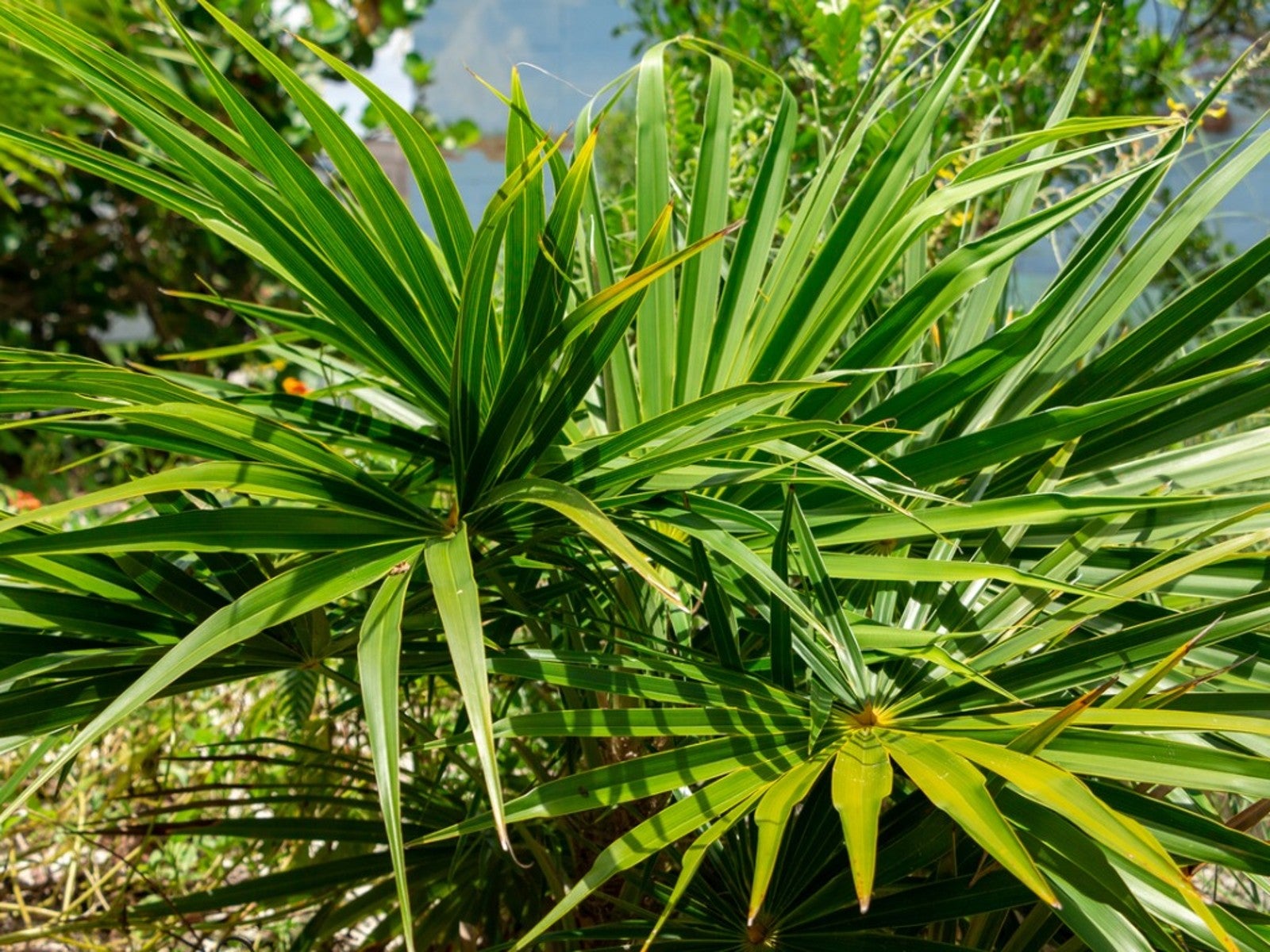 Florida Thatch Palm Facts – How To Grow Florida Thatch Palm Trees
Florida Thatch Palm Facts – How To Grow Florida Thatch Palm TreesGrowing Florida thatch palms is not difficult in the right climate. If these trees interest you, read on for more Florida thatch palm facts.
By Teo Spengler
-
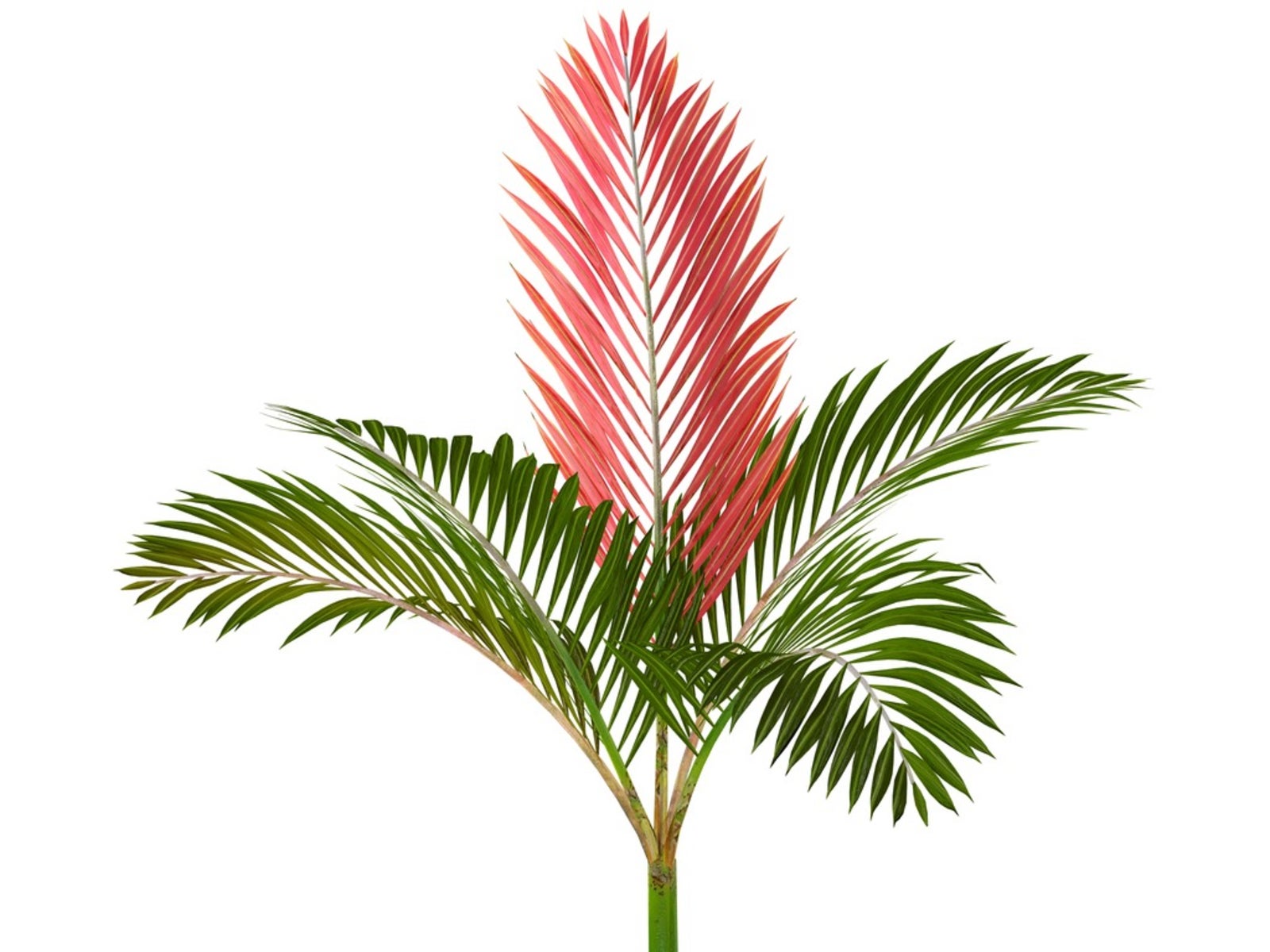 Red Leaf Palm Information – Learn About Growing Flame Thrower Palms
Red Leaf Palm Information – Learn About Growing Flame Thrower PalmsRed leaf palms are exotic and beautiful trees with leaves that grow in scarlet. If you’re thinking of growing these trees, click here for more information on red leaf palm care.
By Teo Spengler
-
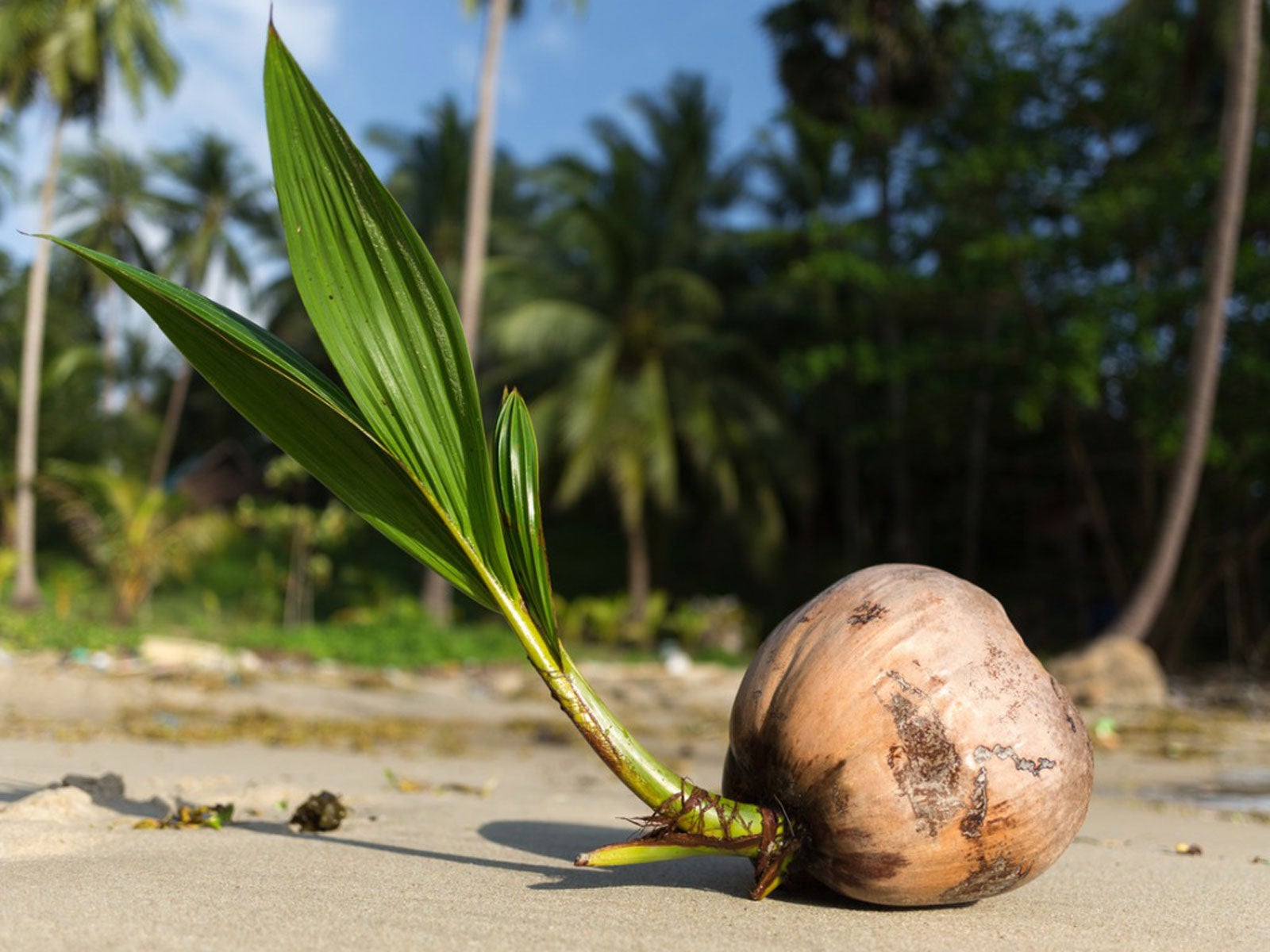 Palm Tree Seed Germination: What Does A Palm Tree Seed Look Like
Palm Tree Seed Germination: What Does A Palm Tree Seed Look LikePalm tree seed germination is not a matter of weeks but months or even years. Click here for more information on growing palms from seed.
By Teo Spengler
-
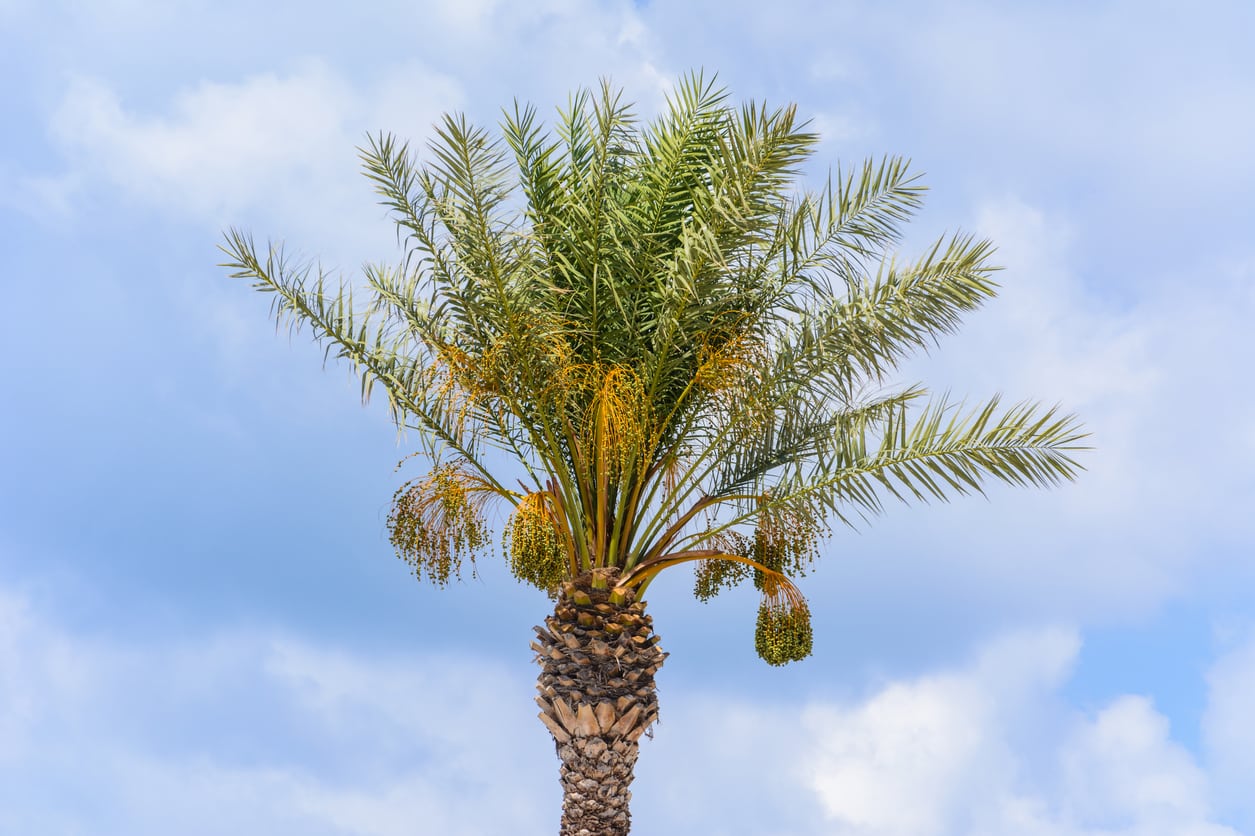 Feeding A Palm Tree: Learn How To Fertilize Palms
Feeding A Palm Tree: Learn How To Fertilize PalmsPalm trees are planted as specimen plants for their exotic, tropical look. However, palm trees have high nutritional demands and the calciferous, sandy soil they’re normally grown in cannot always accommodate these needs. Click here to read more about fertilizing palm trees.
By Darcy Larum
-
Pink Rot On Palms: Tips For Treating Palms With Pink Rot Fungus
Pink rot fungus is a palm tree disease that infects damaged or weakened palms. Like many fungi, it is easier to prevent than it is to treat. Here are some tips on dealing with pink rot on palms. Click this article to learn more.
By Jackie Carroll
-
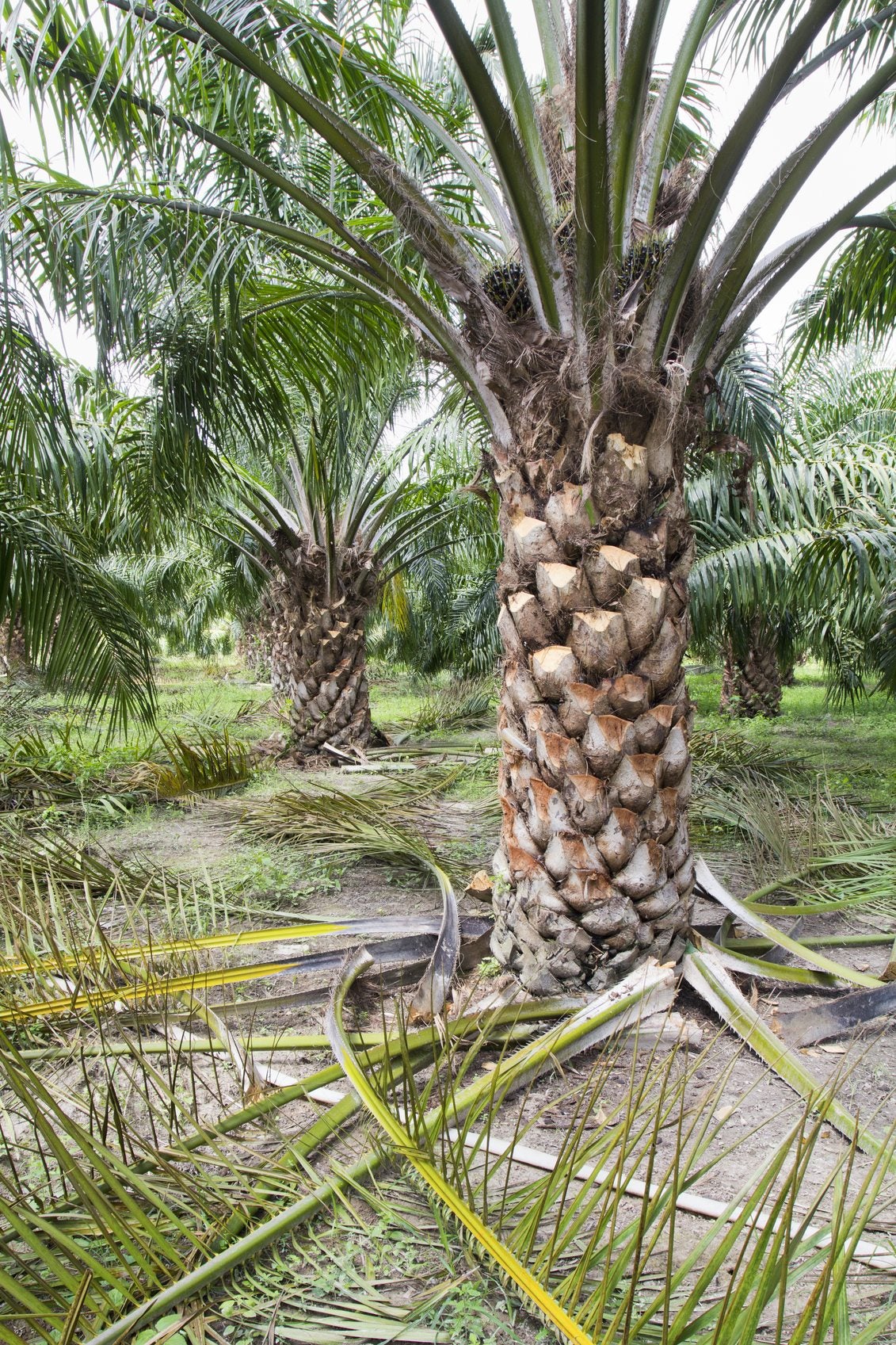 Pruning Palm Plants: Tips On Cutting Back A Palm Tree
Pruning Palm Plants: Tips On Cutting Back A Palm TreeCutting back a palm tree will not make it grow faster. This myth has caused gardeners to do extensive palm tree pruning that doesn't help and can hurt the tree. If you want to know how and when to prune a palm tree, this article will help.
By Teo Spengler
-
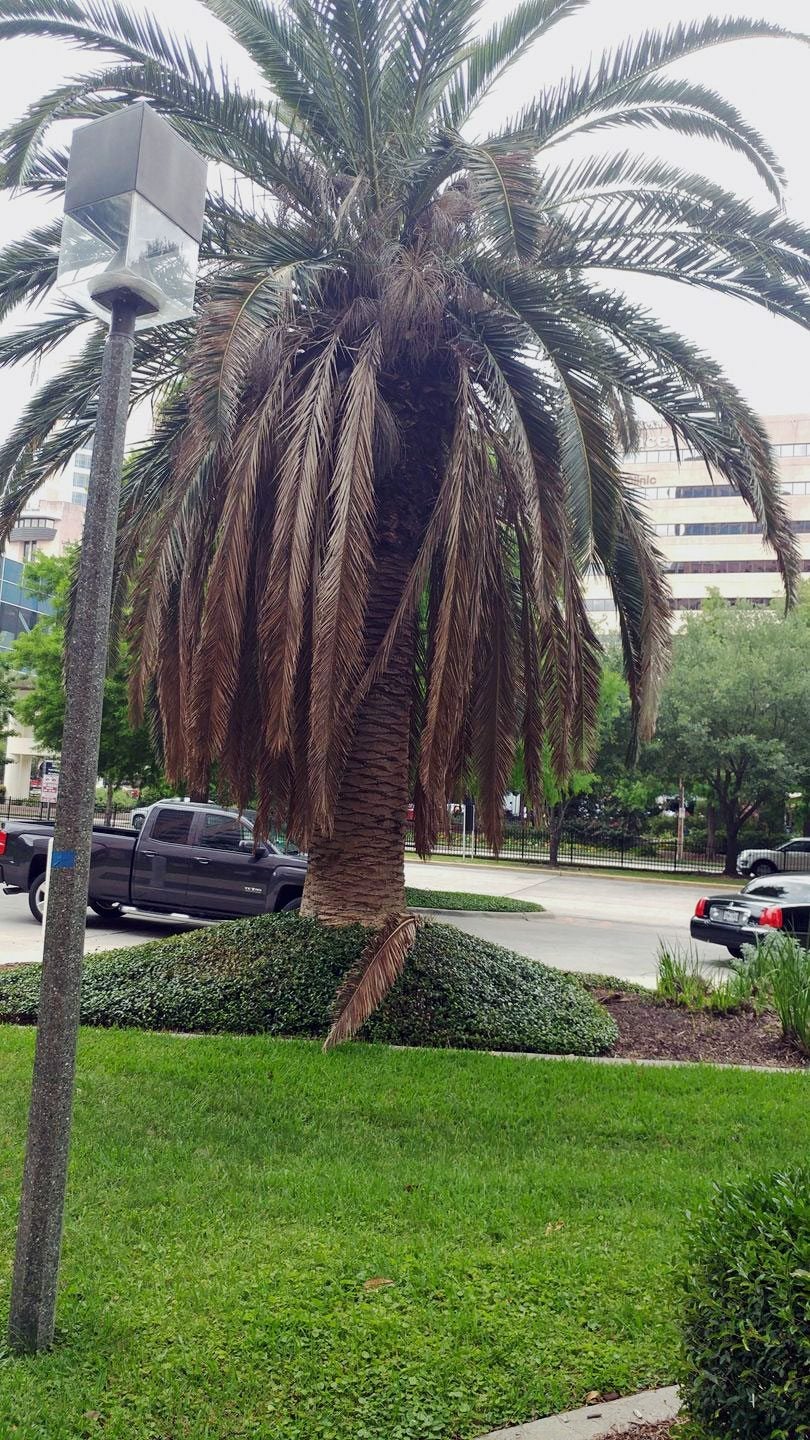 Palm Tree Dropping Fronds: Can You Save A Palm Tree Without Fronds
Palm Tree Dropping Fronds: Can You Save A Palm Tree Without FrondsThere are a number of reasons for palm tree fronds falling off, from natural "cleaning" to damaging cultivation, disease, and pest issues. If there are no fronds on a palm tree, the plant may be in real trouble but it is possible to still save it. Learn more here.
By Bonnie L. Grant
-
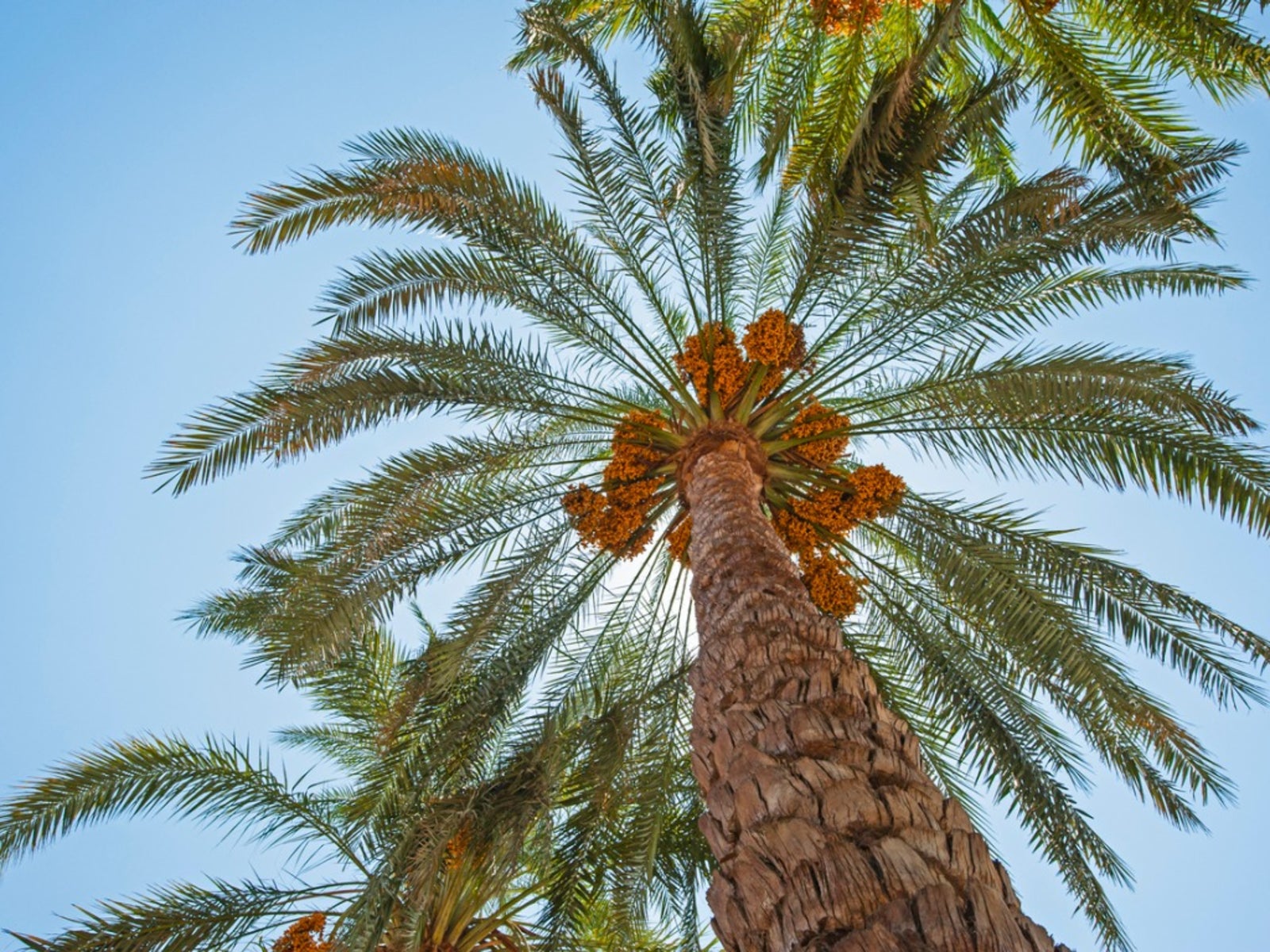 What Is Lethal Yellowing Disease: Learn About Lethal Yellowing Of Palms
What Is Lethal Yellowing Disease: Learn About Lethal Yellowing Of PalmsLethal yellowing is a tropical disease that affects several species of palm. This disfiguring disease can devastate landscapes in South Florida that rely on palms. Find out about lethal yellowing treatment and detection in this article.
By Jackie Carroll